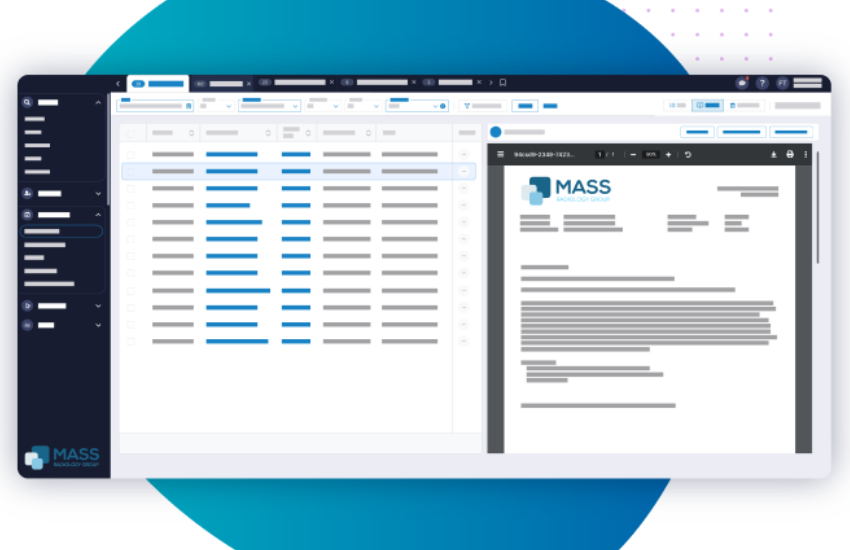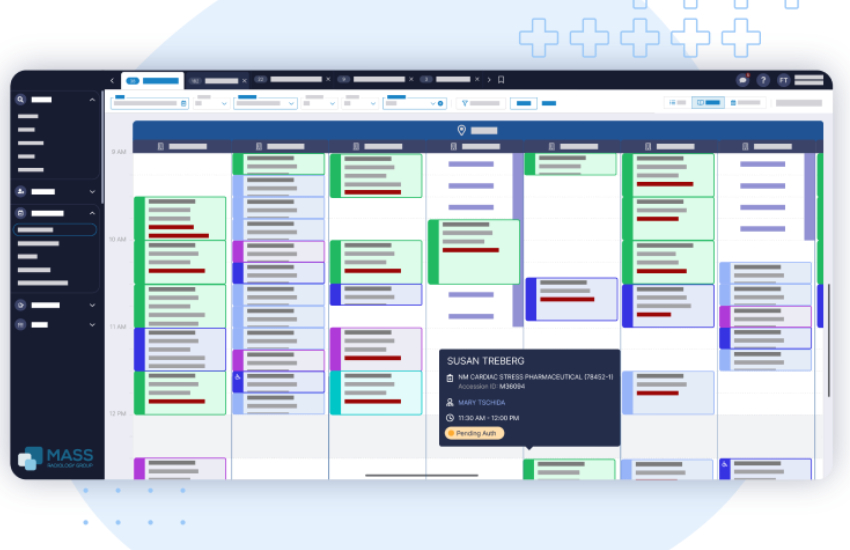Radiology Information System (RIS) are specialized software programs designed to manage the workflow and technical operations of medical imaging departments within a variety of healthcare facilities. Not only do these systems allow for the efficient storage and retrieval of patient information related to radiology, but they also assist with the planning and execution of proper radiological procedures. By improving workflow efficiency, performing data management, and facilitating communication between clinicians and administrative staff, RISs provide a powerful tool to enhance patient care through the efficient delivery of quality imaging services.
What Are Radiology Information System?
Radiology Information System (RIS) are specialized software programs used to manage the workflow and technical operations of medical imaging departments within healthcare facilities. These systems store patient information related to radiology and assist with the planning and execution of proper radiological procedures. RISs are designed to optimize the workflow of a radiology department, allowing clinicians and administrative staff to efficiently communicate and coordinate patient care. Additionally, RISs can assist with data management and patient safety by providing physician order entry, appointment scheduling, billing, reporting, and other administrative functions.

Why Use A Radiology Information System?
Radiology information systems (RISs) provide a cost-effective and efficient way to manage data across various medical imaging departments within a healthcare facility. By automating key tasks related to patient care, such as scheduling, registration, and billing, RISs can reduce the amount of time clinicians spend on administrative tasks. Additionally, RISs can help to improve the flow of information between clinicians and administrative staff, allowing for more accurate data collection and improved patient safety.
How To Implement A Radiology Information System?
Implementing a RIS can be a complex and time-consuming process; however, there are some key steps that can help to facilitate a successful implementation. First, it is important to thoroughly assess the current radiology processes and establish the goals for the implementation. Following this step, it is then necessary to select a RIS that best meets the needs of the facility and customize it to the organization’s specific requirements. Lastly, the RIS must be tested and launched as part of the launch process.
Tips For Optimizing A Radiology Information System
There are a few tips and best practices for optimizing a RIS. Developing policies and procedures that are specific to the organization’s needs can help ensure the successful operation of the system. Additionally, it’s important to audit the system regularly to ensure that data is accurate and up-to-date. Establishing a training plan for both administrative staff and clinicians alike will enable staff to become comfortable with the use of the RIS.
Different Types Of Radiology Information Systems
There are a variety of different types of RISs, including web-based, client/server, and cloud-based software systems. Web-based RISs are typically very user-friendly and provide the user with easy access to data from any location. Client/server RISs are installed on a local server to provide secure storage and easy access to data from within the facility. Cloud-based RISs can provide the user with access to data from any device that is connected to the internet.
Benefits Of Utilizing A Radiology Information System
The implementation of a RIS can provide a variety of benefits for any healthcare facility. RISs can streamline radiology workflow and reduce manual data entry, leading to improved accuracy and quicker turnaround times. These systems can also make it easier for clinicians to order tests, track patient progress, and generate reports. Additionally, RISs can save time and money by providing real-time access to digital images and improving patient safety.
Challenges In Deploying A Radiology Information System
Although RISs can provide numerous benefits, there are also some challenges associated with implementing and deploying these systems. Training personnel on the use of the system can be a time-consuming and expensive process. Additionally, the cost associated with purchasing the software and hardware necessary to run the system can be prohibitive for smaller healthcare facilities. Lastly, the integration of existing hardware and software systems can be a complex and expensive endeavor.
Conclusion
Radiology Information Systems (RISs) are specialized software programs designed to manage the workflow and technical operations of medical imaging departments within a variety of healthcare facilities. RISs can provide numerous benefits for a healthcare facility by streamlining workflow, providing improved data management, and enabling better communication between clinicians and administrative staff. However, implementing and deploying a RIS can be a complex process and there are some associated costs and challenges to consider. Additionally, it is important to select a system that meets the needs of the organization and provides adequate training and support for staff in order to ensure the successful use of the system.

Allison Cheng is a Michigan-based health enthusiast with extensive experience in lifestyle and fitness coaching. She has a special expertise in nutrition and mental health coaching. She is passionate about helping people become their best selves through health and wellness, and loves to share her knowledge and experiences through her blog and health coaching practice.



